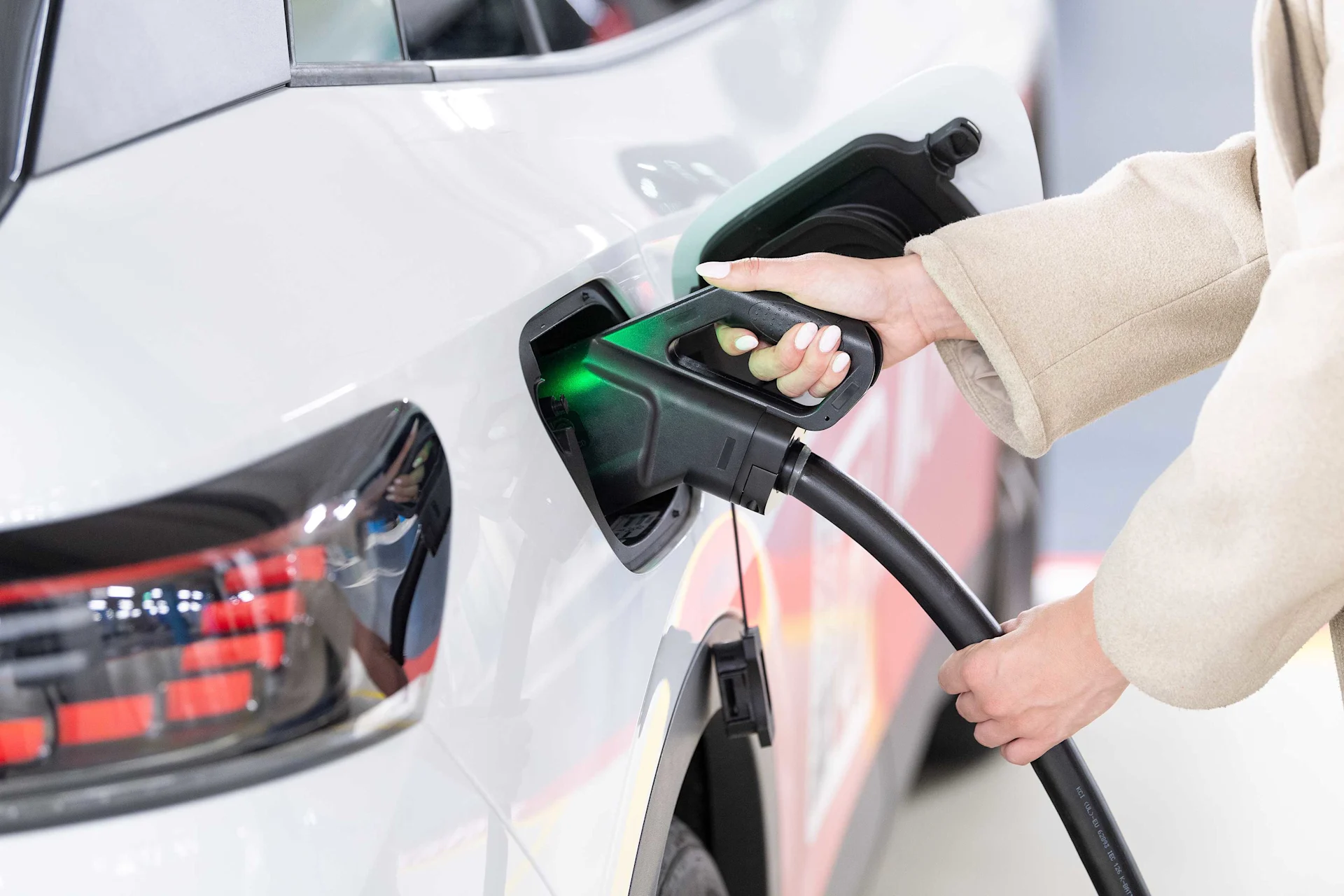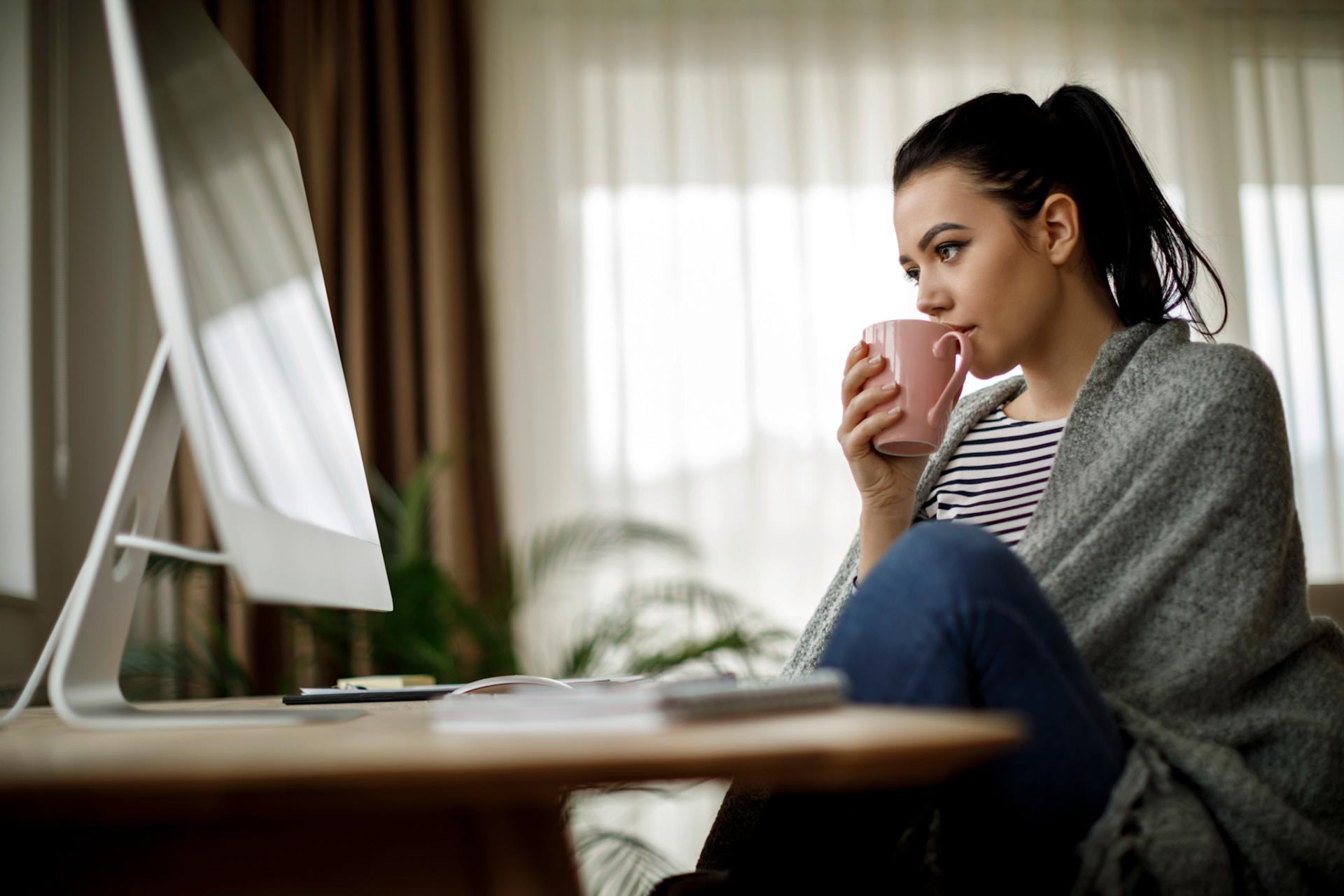
Climate & energy
Maximising your electric car's lifespan
What can you do to ensure that the batterie continues to work perfectly for many years to come?
navigation

Medbase
As we lower indoor temperatures this winter, some people may start to feel chilly. It’s good to know why you’re cold, and how you can keep warm if worst comes to worst, even at 19 degrees.
Women. They usually have less muscle mass than men, which is why they can generate less heat through shivering. In addition, their skin is usually thinner and the cold sensors underneath are activated earlier.
According to the famous onion principle, the answer is several layers of clothing. The first layer directly on the skin should be made of breathable materials, such as tight-fitting functional textiles that transfer moisture well to the outside. The second layer should preferably be made of materials with small air pockets that store the body’s natural heat. The best choice is wool, for example. If one layer of insulation is not enough, simply put a second layer on top. A hat reduces heat loss through the head. Always make sure to use high-quality materials!
That is normal. The blood is redirected to the centre of the body when it's cold in order to supply the organs that are essential for survival. Wearing gloves at home is not a good idea. Instead, move your fingers and toes, that is, stretch and spread them, slowly and with as much force as possible. The contractions force the vessels to open because the muscles require oxygen for the effort. Warm socks and shoes with insulating properties can also keep the feet warm.
Temperature sensitivity actually varies throughout the day because the body is subject to hormonal fluctuations. As a result, we perceive the same temperature differently at different times of the day. In addition, women have a different perception of cold due to the menstrual cycle, as the hormone progesterone can raise the core body temperature by 0.5 to 1 °Celsius.
Every movement boosts the metabolism and warms the body. Even working standing up helps a little, as does any other "active working posture". In fact, set yourself up at work in a way that forces you to move. In other words, spread the things you need around the home and get up more often. This also has a great side effect, because it will get you out of the monotonous office posture.
In the longer term, yes, because we can use repeated cold stimuli to teach our brains to cope better with cooler temperatures. However, it is not advisable to jump into cold water. Start with cooler showers that get longer and cooler over a period of weeks. Possible ways to increase resistance would be bathing and swimming in cold water, but only if you have checked whether you are healthy enough to do so. Incidentally, the effect of this toughening method diminishes if the cold stimulus is not increased steadily.
Hot meals and drinks. It should be noted that contrary to popular belief, alcohol does not warm us, we just perceive the heat loss less intensely. Spicy food and drinks only warm the body for a short time.
Only if you also feel uncomfortable all the time. In that case, you should take precautions or protect yourself. It only becomes really dangerous when the core body temperature drops below 35 degrees. The result is hypothermia with symptoms such as rapid heartbeat, accelerated breathing, shivering and sensory dullness. However, this is unlikely to be an issue in cool rooms. However, for people who cannot move of their own accord, body temperature must be monitored closely to prevent both hypothermia and overheating. Babies, for example, have a relatively large skin surface and cannot yet generate heat through shivering.
Air the room several times a day, or even better, cross-ventilate. A few minutes are enough for a complete air exchange. This creates a good indoor climate, protects the building fabric and reduces unnecessary energy loss, such as that caused by constantly tilted windows.
Carpets and well-sealed windows reduce heat loss through the floor and to the outside.
What is the best way to dress for outdoors, how can relaxation exercises warm you up and when are cold feet an alarm sign? iMpuls has the answers.
You thereby save electricity as well as energy and help to protect the climate.